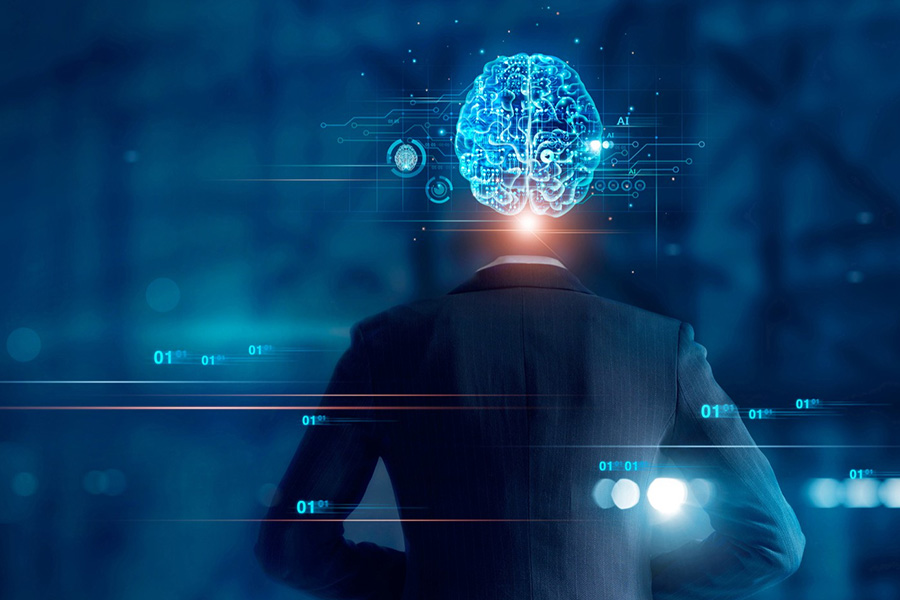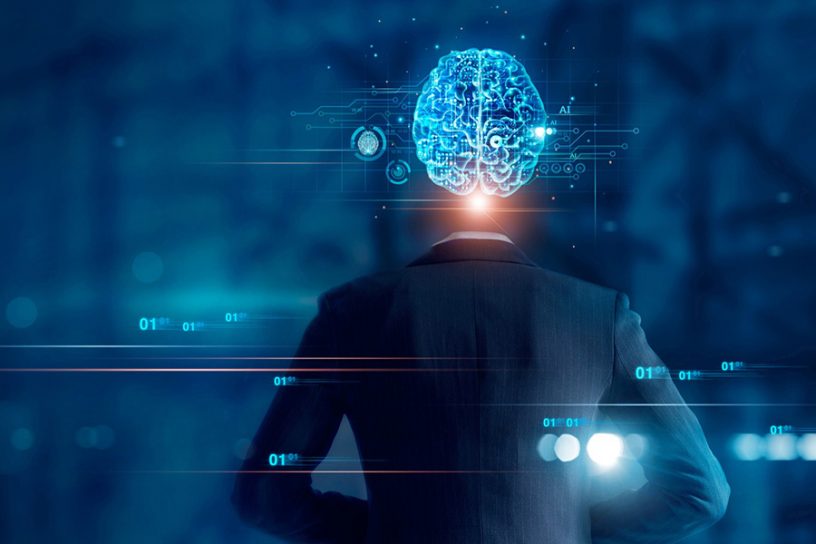
How do marketers use gamification and neuromarketing to understand online engagement of consumers?
Authors
Abhishek Behl, Management Development Institute, Gurgaon, India.
Nirma Jayawardena, Assistant Professor, Jindal Global Business School, O.P. Jindal Global University, Sonipat, Haryana, India.
Amit Shankar, Indian Institute of Management, Vishakhapatnam, India.
Manish Gupta, School of Management, Mahindra University, Hyderabad, India.
Le Dang Lang, Ho Chi Minh City Open University, Ho Chi Minh City, Vietnam.
Summary
Neuroscience and its offshoot as neuromarketing have helped marketers understand neuroscientific aspects of customers while gamification has helped them understand the psyche of consumers. Despite neuromarketing’s many potential benefits to businesses, little academic work has been done on the field so far. Most studies have examined consumer shifts during and after pandemics without analyzing them from two critical perspectives: neuroscientific theories and psychology theories. As the two streams of knowledge lean on each other, their interdependence in the field of e-engagement needs exploration.
The purpose of this study is to answer an important question – “How do marketers use gamification and neuromarketing to understand online engagement of consumers?”. We used a quantitative empirical research approach to assess the inter-relationship between neuromarketing and gamification. The study collected data from digital marketing strategists of retail firms to propose a theoretical framework for self-determination theory in successfully implementing new age technologies by plugging the cues of gamification and neuromarketing.
The framework would be useful for retail firms to design digital marketing strategies for capturing the attention of consumers across different geographies. Findings indicated that, marketers are interested in neuromarketing for two main reasons: first, they think it can help them save money and improve their marketing plans, and second, they think that cutting-edge research techniques such as brain imaging can help them get more accurate findings.
Published in: Journal of Consumer Behaviour
To read the full article, please click here.


